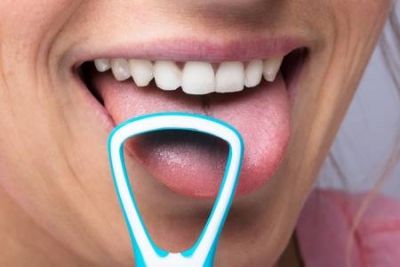
Struggling with bad breath? You’re not alone.
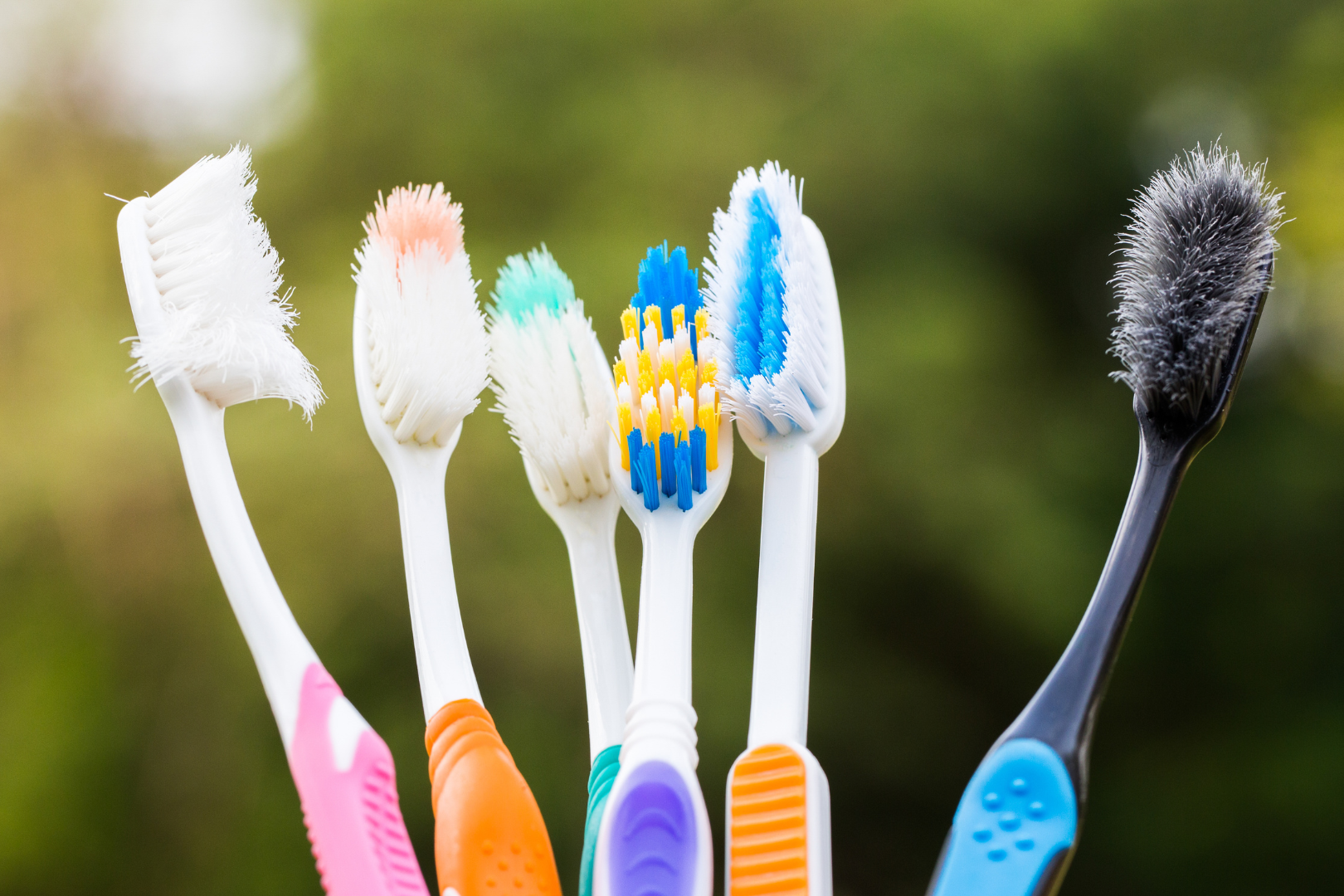
In general, the recommendation is that you should change your toothbrush every three to four months to maintain a consistent level of oral hygiene.
But for many of us, we hardly keep track of when we last changed our toothbrush.
Before you realise it, months have passed and your toothbrush starts looking a little worn. “No biggie,” you think. “It still brushes and my teeth look just fine.” But are they really? Is changing your toothbrush really necessary?
Studies show toothbrushes accumulate contamination after each use. Bacteria growth on a toothbrush that’s used over a long period of time can eventually lead to a plethora of oral health issues.
In addition, worn-out bristles of an old toothbrush can’t do the job of brushing very well. They are less effective in removing plaque and food particles between your teeth, which could lead to cavities and gum disease. All this to say, while an old toothbrush may look like it still gets the brushing done in your mouth, it may be doing you more harm than good.
So how often should you change your toothbrush? What are the signs that show a toothbrush is due for replacement? We’re here to answer these questions and more.
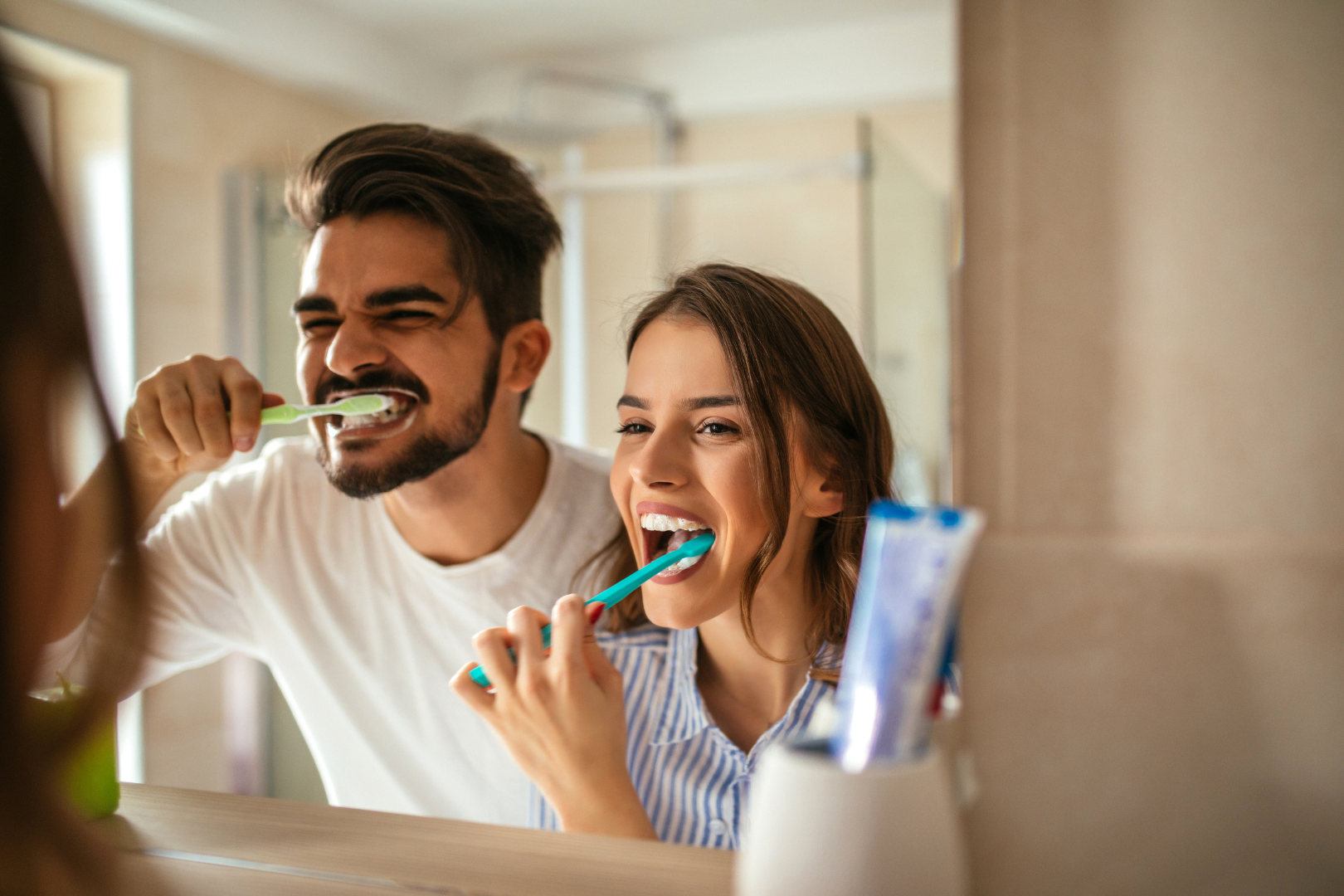
The recommended practice for teeth brushing is to brush at least twice a day – morning and night.
The natural wear and tear on your toothbrush from such frequent use will become noticeable over time, but how bad should it get before we throw the old toothbrush out and start using a fresh one?
Manufacturers and dentists recommend that you should change your toothbrush every three to four months to maintain a consistent level of oral hygiene. Replacing it beyond four months can negatively affect your oral health and leave your mouth open to bacteria and infection.
Keeping tabs on the 12-week mark of your current toothbrush is a good start. However there are some circumstances where you should throw away your old toothbrush even before this duration.
If your brush is beginning to look worn out and the bristles have lost their stiffness, that’s one sure sign. Remember, bristles that aren’t in tip top shape won’t effectively clean your teeth.
If your toothbrush has fallen into a garbage can, toilet, or any unclean environment – replace it immediately. It’s always better to be safe than sorry!
If you or a family member has been sick, especially in the case of viral and bacterial infections, you can stop the spread of disease by replacing every toothbrush in the house.
If someone else uses your toothbrush by mistake, throw it away. It’s a good idea to start using a new toothbrush rather than risk infection from the bacteria in someone else’s mouth.

Outside of visibly worn bristles, it might not be easy to remember exactly when the 12-week recommended time is up to change your brush. Replacing a toothbrush can be the last thing on anyone’s mind when life gets busy. Perhaps try one of these simple techniques to help keep you on schedule:
Of course, at any time the bristles on your toothbrush begin to look frayed, discoloured, or worn out, change your toothbrush as soon as possible. You’ll be protecting your teeth against oral health issues and giving your smile the best possible chance of remaining clean, white, and healthy.
Along with your toothbrush, you likely use many personal grooming tools every day, such as razors, trimmers, and water flossers. What sets toothbrushes apart is that they’re one of the few appliances that make direct contact with the inside of your mouth, so caring for them is crucial to making them last and protecting your health. Here are some useful tips.
1. Rinse thoroughly – After using your toothbrush, rinse it thoroughly with water to remove any remaining paste and debris.
2. Fully air dry it – Let it fully air dry upright in an exposed cup or container. Storing a damp toothbrush in a closed container encourages microbial growth. If you’re travelling, make sure you fully air dry your toothbrush before keeping it in a sealed container just for the transit period. Consider using disposable toothbrushes during the trip.
3. Keep it in a clean place – Smaller toilets may have low ventilation resulting in damp air or the sink might be positioned too close to the toilet bowl. These conditions mean the toilet may be unideal place to keep a toothbrush. Find a dry and clean area of your room to keep your toothbrush instead. Additionally, avoid letting the head or bristles come into contact with other toothbrushes in the same container.
Now that you’ve replaced your toothbrush, don’t forget to keep up other good dental hygiene habits. Flossing your teeth before you brush them helps to remove any debris between your teeth. Try to floss at least once a day or after every meal, to keep your gums healthy.
Also, keep to your regular dental appointments where you can get your teeth checked and cleaned during each visit.
At Smile Place Dental, we’re committed to providing the best dental care in Melbourne from tooth fillings to root canals and more.
If you need a new toothbrush, we have a variety of quality toothbrushes to choose from for both children and adults. Electric toothbrushes and electric water flossers are available for purchase at our dental clinic as well.
If you’re looking for a specific brand that we don’t have on our shelves, we are able to order it in for you. Just speak to our reception staff and they’ll be happy to help you out.
Replacing your toothbrush regularly is a simple yet crucial step in maintaining good oral hygiene. It helps prevent the buildup of harmful bacteria, reduces the risk of oral infections, and ensures that your teeth are being cleaned effectively.
Replacing your toothbrush regularly helps maintain oral hygiene by ensuring effective plaque removal during brushing. It also helps prevent bacterial buildup.
If you don’t change your toothbrush, it can become frayed, more prone to bacterial build up, and less effective at cleaning, potentially leading to gum damage, gum disease, and bad breath.
Replace your toothbrush if the bristles are frayed, discoloured, or if it’s been more than three to four months since the last change.
It’s recommended to replace your toothbrush after being sick to avoid reintroducing bacteria or viruses to your system.
Yes, electric toothbrush heads should be replaced every three to four months, similar to manual toothbrushes, or sooner if the bristles are frayed.
Rinse your toothbrush thoroughly after each use, store it upright to air dry, and keep it away from other toothbrushes to prevent cross-contamination.
Toothbrushes with soft bristles or those used more than twice daily may wear out faster and need to be replaced more frequently.
Store your toothbrush in an upright position in an open container to allow it to dry completely and reduce bacterial growth.
Children may need to change their toothbrush more often because they can be more vigorous in brushing, leading to quicker wear of the bristles.
Author Summary – Dr Chitra Rao

Dr. Chitra Rao has over a decade of experience in dentistry, specifically in the field of cosmetic and orthodontic treatments. Dedicated to achieving optimal results, she takes a detailed and personalised approach to creating beautiful, confident smiles for her patients. Outside of dentistry, Dr. Chitra enjoys staying active, traveling, and spending time with her family.

Struggling with bad breath? You’re not alone.
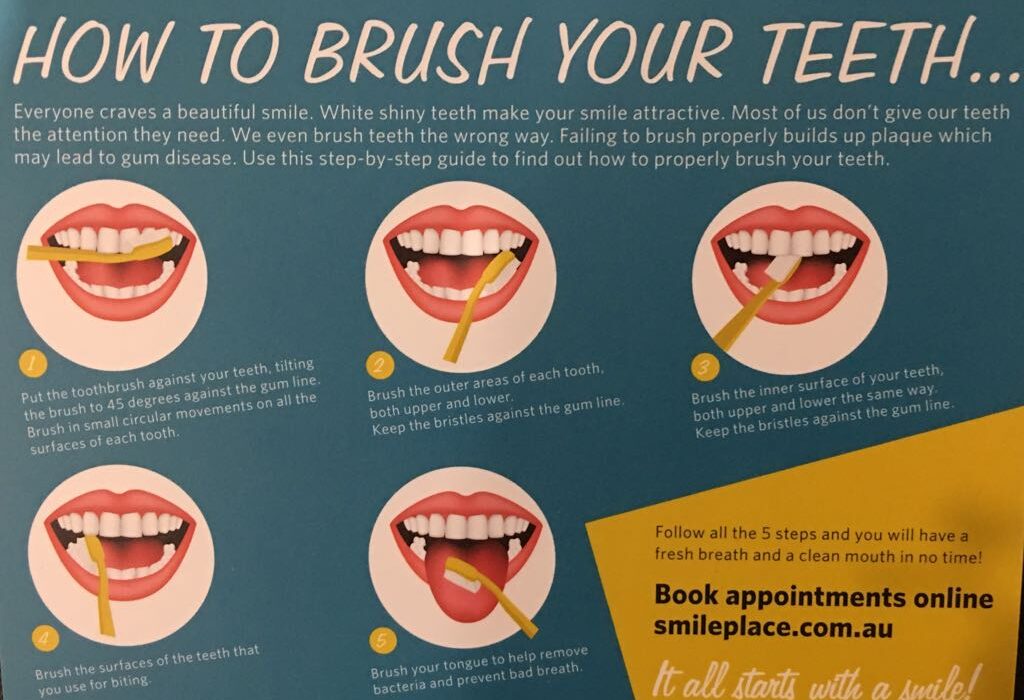
Keep it clean, keep it bright with these simple tips.
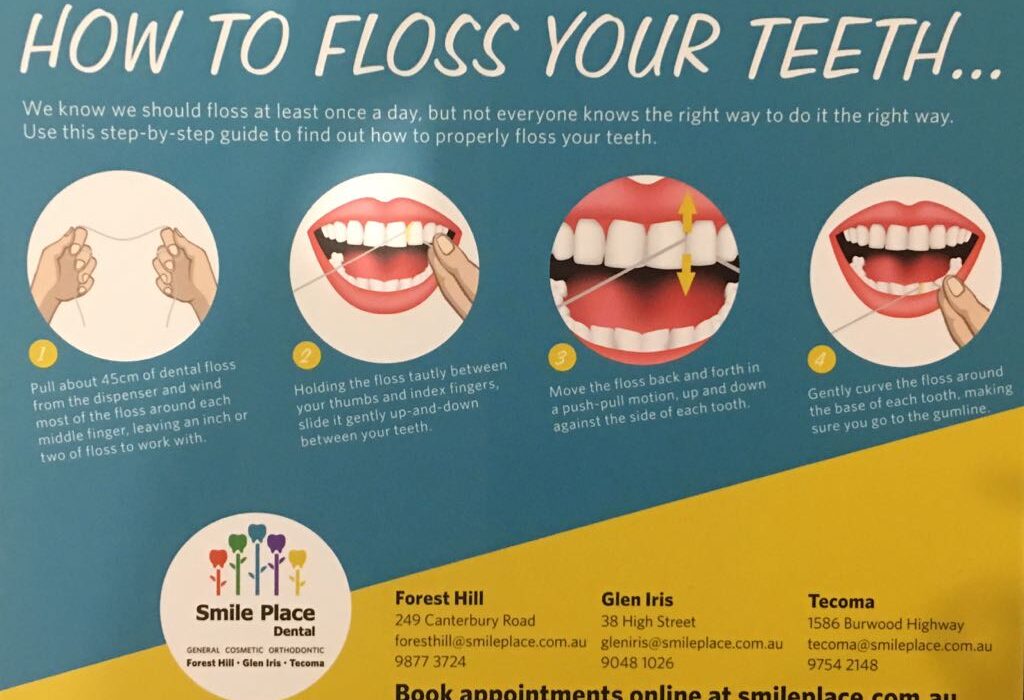
Do you brush twice a day, use a mouthwash, and still struggle with bad breath or surprise cavities? If so, the problem may be caused by inconsistent flossing. Most people skip flossing and those who do floss, often don’t do it right, leaving behind plaque and food debris. The good news? Flossing properly takes just […]